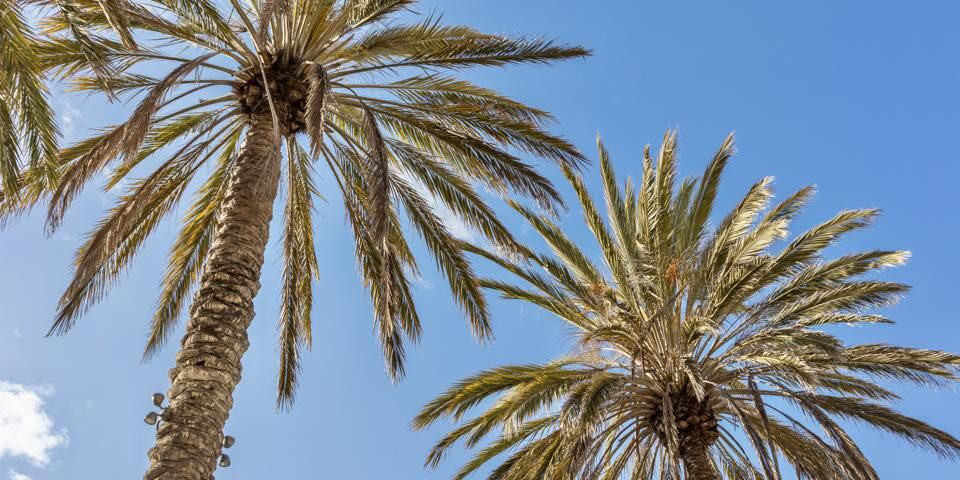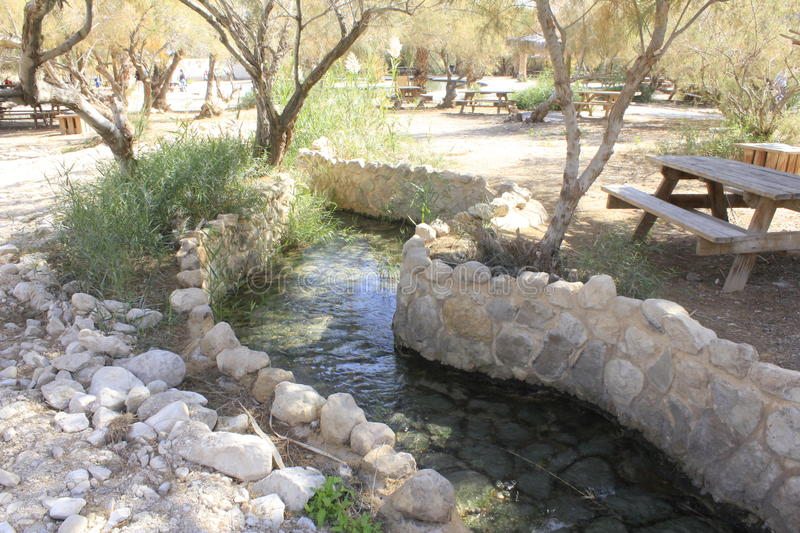While the spread of weevils has become an existential threat for palm trees around the world, a team of Ben-Gurion University researchers has developed a new global monitoring system for automatic palm tree infestation.
The Red Palm Weevil, a type of beetle, lays its eggs inside the palm tree and its larvae feeds on the palm’s tissue, causing extensive damage, and even breakage. Early detection of the damaging pest infestation is critical to homeowners and palm growers since the beetles can travel up to 30 miles (50 kilometers) a day.
By combining state-of-the-art deep learning methods with Google aerial and street view images of palm trees, BGU researchers were able to demonstrate how to geolocate an infested tree and examine the severity of damage, both in urban and suburban areas.
The research findings were published recently on arXiv.
“Municipalities, and departments of agriculture around the world could all greatly benefit from such a remarkable innovation by BGU researchers,” says Doug Seserman, chief executive officer of Americans for Ben-Gurion University.
Figure 1: Credit: Ben-Gurion University
The method, which was tested in San Diego, Miami-Dade County and in Israel could revolutionize current outdated practices for Red Palm Weevil management, with more effective and less expensive monitoring. To date, the sole method of determining whether weevils have infested a tree has been a visual and acoustic assessment of individual trees, which is laborious, time consuming and impractical for large-scale municipal monitoring.
The research was inspired by Dr. Michael Fire of the BGU Department of Software and Information Systems Engineering and head of the Data4Good Lab. Dr. Fire was motivated to address this problem after contacting town officials to spray a tree on his street. He was told the town had no record of the tree.
“I started thinking, what if I could help the municipality by developing a way for them to monitor all of the palm trees?” explains Dr. Fire. “Our method can be instantly deployed to any scale of need and every geographic location where street view level imagery is accessible. In the current state of the Red Palm Weevil spread, such a tool is essential for confronting against the Red Palm Weevil damage.”
Dima Kagan and Galit Fuhrmann Alpert of the BGU of the Department of Software and Information Systems Engineering also contributed to the research.






